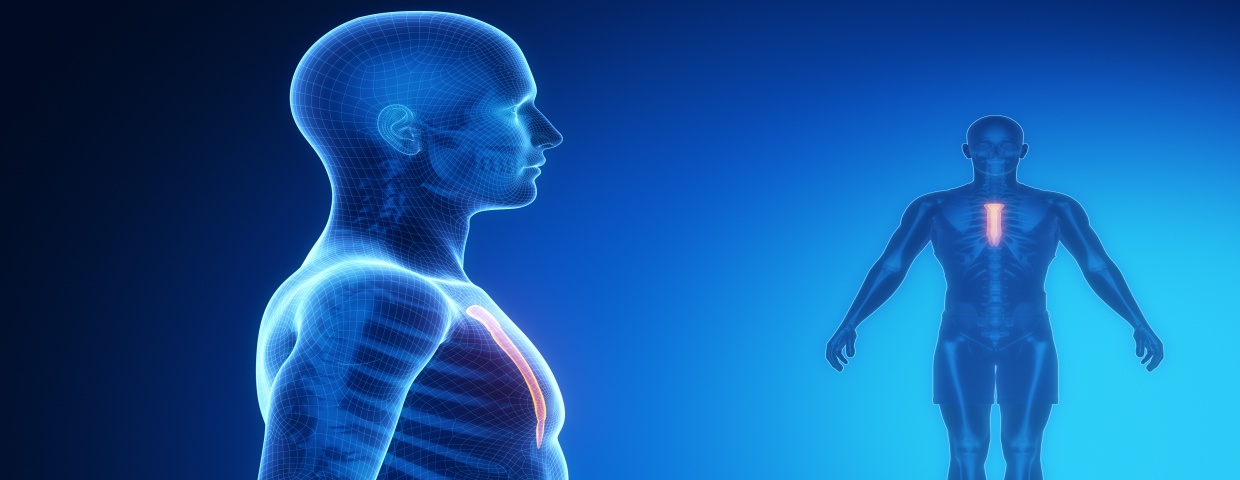Pain After Cardiac or Thoracic Surgery
Pain becomes a stark reality with those who’ve just gone through surgery, especially after going through cardiac and thoracic surgery. Pain medication provides some relief, but not enough. Those unexpected sneezing fits can catch us by surprise and simple movements that we make throughout our everyday lives can prove to be a hindrance. Who knew that making the bed could hurt so badly? Or a simple act of sitting down on the couch could cause so much pain? This is hardly unexpected after one goes through major heart surgery.
This is where Heart Hugger comes into play. With the help of Heart Hugger, a patient’s pain can be reduced in many ways.
Below are just three ways of how Heart Hugger can help reduce the pain:









